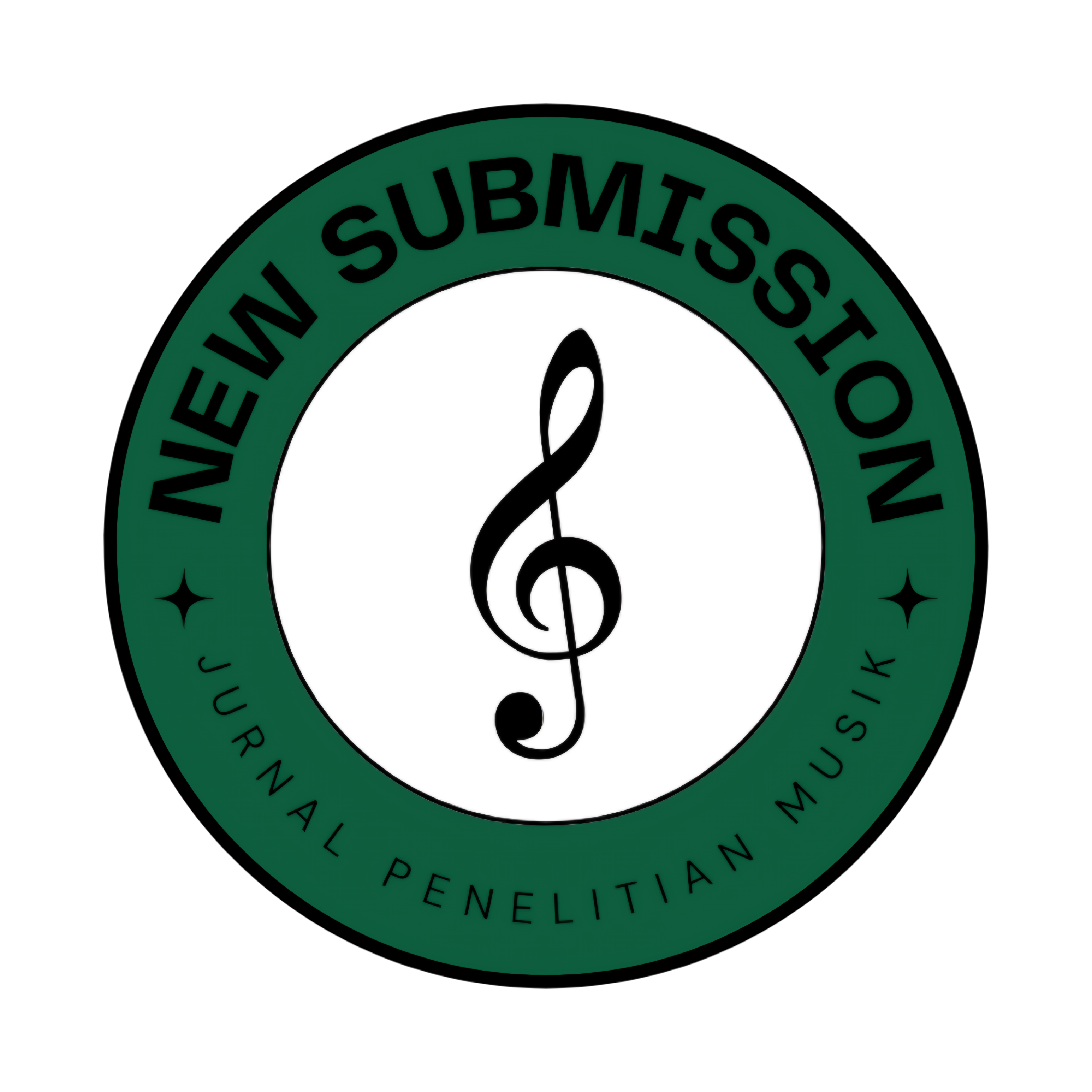Analysis Art of Fugue Contrapunctus XIII Rectus Inversus BWV 1080
DOI:
https://doi.org/10.21009/JurnalPenelitianMusik.51.01Keywords:
Fugue, Form and Structure, Development Motifs MelodyAbstract
This research aims to identify the form, structure, and development of motifs in Johann Sebastian Bach's Art of Fugue Contrapunctus XIII Rectus Inversus BWV 1080, as well as to provide research references or references for compositional analysis research and forms of musical composition analysis. The object of the research is focused on the shape, structure, and development of motifs in the Art of Fugue Contrapunctus XIII Rectus Inversus BWV 1080 by Johann Sebastian Bach with the transcript of Luis Alvarez. The research method used in this research is a qualitative method with descriptive analysis. The data for this research came from document analysis, literature study, and also interviews. The data can be obtained through observation of scores and audio, analyzing form, structure, melody development, identifying theories based on books, journals, and data sources based on interview results. The results of this research found that Johann Sebastian Bach's Art of Fugue Contrapunctus XIII Rectus Inversus BWV 1080 has 3 parts, beginning with Exposition, then Exposition, and ended with Recapitulation. The elements of fugue composition found are subject, answer, countersubject, stretto, episode, pedal point, basso continuo, and orgelpung. The melodic development found are sequence, tonal transpose, tonal investment, real inversion, alteration, and contrary motion.
Downloads
Published
Issue
Section
License
Copyright (c) 2024 Farah Al Fatihah, Helena Evelin Limbong, Caecilia Hardiarini

This work is licensed under a Creative Commons Attribution 4.0 International License.






